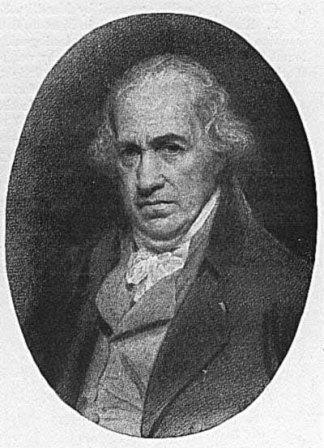



As the steam expands, it pushes the piston, which is ordinarily affiliated to a crank on a flywheel to produce a whirligig or a rotatory motion. In an alternating motor, the piston and cylinder type of steam turbine, energy under time pressure is permitted into the cylinder by a valve system. By way of superheaters, the steam can be heated above the hotness at which it is created by boiling water. A low superheater is a group of parallel pipes accompanying their surface unprotected to the new smoke in the boiler furnace. The steam can be further heated, evading it through a superheater on the way from the heater to the diesel. According to the method of governing employedĪll the parts of a steam engine concede possibility be widely detached into two types is the fixed or stationary parts and mobile or moving parts, even though a steam turbine resides of many parts both the fixed and the moving parts, still the following are the main parts of a steam engine According to the speed of the crankshaftĦ. According to the expansion of steam in an engine cylinderĥ. According to the number of working strokesĤ. According to the position of the cylinderģ. But the following are the main types of the steam engine, namely ġ.

Types of steam engineĪ number of scientists have classified the steam engine on various bases. The paragon thermodynamic cycle used to resolve this process is named the Rankine cycle. Steam engines are external combustion engines, where the active fluid is terminated from the combustion output. The term “steam engine” is mainly used only to equal transformers as just described, and not to energy transformers or steam turbines. This aggressive force may translate, by a joining bar and a regulating wheel, into a whirling force for work. The turbine uses psychic power provoked by strength pressure to push an instrument backward and forward inside a cylinder. What is a steam engine?Ī steam engine is a heat energy-producing station that works machine-like, handling strength as allure of busy fluid. Further due to low cost, higher efficiency, and higher operating speed the steam turbines were replaced by reciprocating engines in power generation. During the 20th century, the reciprocating piston-type steam engines were the assertive source of power, but it was gradually replaced for commercial usage by the advances in the model of electric motors and internal combustion engines. The invention ousted steam locomotives that operated on the railways and the sails for ships on paddle steamers. The invention of the stationary steam engine powered the faces of big factories during the industrial revolution in the 19th century. The engine was further modified by James Watt, who made a very crucial improvement, the spent steam was removed to a separate vessel for liquefaction, this change in the engine drastically improved the functioning as the amount of work obtained per unit of fuel consumed was much higher. The steam engine was the first-ever commercially successful invention that could transmit a huge amount of power to other machines, it was first developed by Thomas Newcomen in 1712, along with John Calley built their first engine on top of a water-filled mine shaft and used it to pump water out of the mines. Later on, Thomas Slavary worked with Thomas Newcomen on the atmospheric steam engine. Thomas Slavary discovered the first crude steam engine based on the pressure cooker of 1679 or Denis Papin’s Digester. The steam engine was built between 1942-1950 and was operated till 1988. Since then, the commercial steam engine was made possible through three main figures Thomas Slavary (1650-1715), Thomas Newcomen (1663-1729), James watt (1736-1819). This was the era where a number of inventors tested and developed piston systems as well as water pumps, that led the road to a commercial steam engine. Until the mid - 1600s there were no such working motors that came up. Leonardo Da Vinci was one of them he designed a steam-powered cannon which was widely known as the Architonnerre during the 15th century. A number of scientists tried their best to hatch force by heating water to generate power. Before the development of the gasoline-powered engine, mechanical transportation was fueled by steam.


 0 kommentar(er)
0 kommentar(er)
